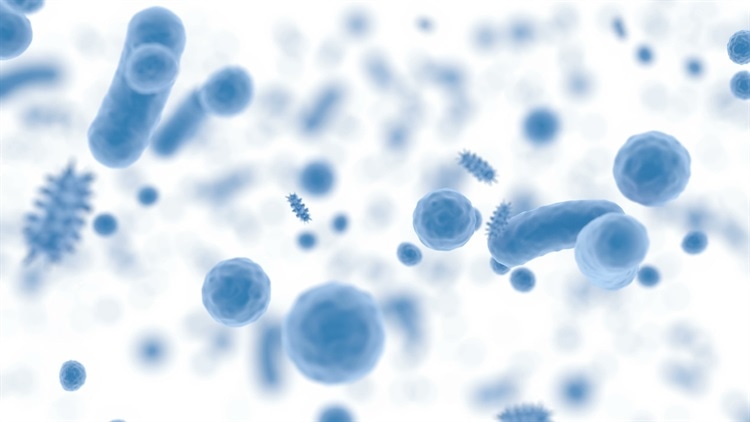
The gut handles all ingested foods for further digestion and assimilation. Additionally, it is home to an abundance of microbes that generate metabolic byproducts with a variety of physiological effects on the host. As a result, changes in the composition of the gut microbiome can also affect the gut’s metabolome.
For example, the human gut microbiota creates several vitamins and ferments incompletely digested carbohydrates and proteins to create short-chain fatty acids (SCFAs), lactate, and bile acids, among other molecules. These molecules have an impact on the immune and coagulation systems, as well as on the neuroendocrine network and the gut-brain axis. The type and quantity of metabolites absorbed through the epithelial barrier may change as a result of these metabolic byproducts.
A recent development in the investigation of microbial impacts on the gut metabolome is the use of germ-free mouse models (GFMM). It makes it possible for them to be distinguished from host metabolite effects. The current paper, published in the journal Nature Communications, made use of gnotobiotic mouse models, along with GFMM and specific pathogen-free mice (SPF).
A chosen set of 12 commensals from each of the five major phyla found in the mouse gut were introduced to the gnotobiotic mice (OMM12). Bacteroidota, Bacillota, Pseudomonadota, Actinomycetota, and Verrucomicrobiota are a few of these.
The researchers examined the metabolites in mice of different ages, from freshly weaned infants to both male and female adults, in their peritoneal fluid, serum, liver, spleen, and urine.The results demonstrate that the host metabolome is significantly influenced by body size, with microbiota, age, and sex acting as moderators in that order.
The gut displays various areas with distinctive metabolite signatures, with the upper gastrointestinal (GI) and lower GI tracts of GF vs. colonized mice showing the most striking similarity.
The following are the results of the survey. Sugars, fatty acids, and nucleosides were present more abundantly in the lower GIT due to microbial breakdown of proteins, carbs, and nucleic acids. This was demonstrated by the GF mice, which are devoid of any microbes, having noticeably higher concentrations of these digestion products.
The most important






